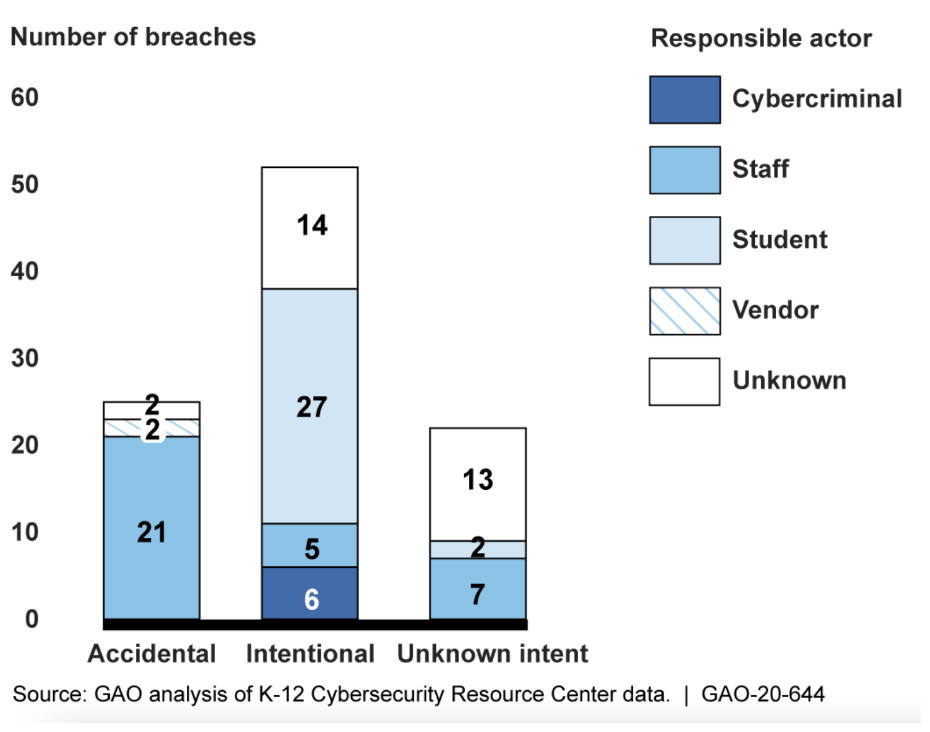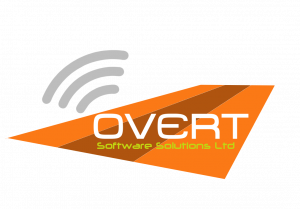Multifactor authentication (MFA) is a vital part of the cybersecurity toolkit for the education sector, providing indispensable protection of data integrity, continuity of services, and safe access. As threats become more advanced, MFA offers crucial safeguarding.
For example, in 2022, California's Los Angeles Unified School District (LAUSD) was hit by a ransomware attack that severely disrupted operations right before term started. The attackers gained entry via compromised logins and proceeded to encrypt crucial data, locking out staff and students from critical systems. Implementing MFA could have prevented unauthorised access despite the stolen password.
Similarly, in 2020, a North Carolina school district suffered a data breach exposing sensitive information on over 11,000 students stored in their enterprise resource planning platform. Using MFA alongside strict access controls would have made such confidential data far more challenging.

These real-life cases demonstrate the substantial risk education institutions face from credential theft and system infiltration by bad actors. By requiring an additional authentication factor like an authenticator or one-time codes, MFA is a vital barrier protecting service continuity and safeguarding sensitive student records from potentially devastating exposure or compromise.
As such, MFA deserves serious consideration from technology decision-makers across academic organisations. Stay with us as we further explore the crucial role of MFA.
Role of MFA in Education Cybersecurity
Here are some reasons why multifactor authentication (MFA) is essential for safeguarding education:
- It provides an extra layer of protection beyond passwords, which are vulnerable to guessing, social engineering, and data breaches, requiring additional information only the user can access, like a code sent to their mobile, blocks unauthorised access attempts.
- It protects sensitive student data, records, and files from cyber threats. Educational IT systems store vast amounts of confidential information that could be misused if accessed through compromised credentials. MFA prevents this.
- It avoids disrupting critical education services that teachers, staff and students rely upon by stopping attacks before they cause chaos. Virtual learning platforms, grading portals and messaging apps are vital for school operations.
- It gives school IT administrators more visibility and control over access management, allowing them to spot suspicious login attempts and intervene in real time. Detailed analytics provide insights.
- It strikes the right balance between improved security and convenience for end users. Seamless authentication options integrate smoothly across devices without significant usability barriers.
Multifactor Authentication: Taking Protection to the Next Level
The education sector is a vast environment. How can we safeguard it? Frankly, we need to dissect this based on the "sector" of the account.
School Staff
I've heard working with school staff can be tricky, but this seems a straightforward conversation. We simply need to better protect staff and student data - that's the goal.
- Implement multi-factor authentication (MFA). MFA is a security must nowadays. Options include fingerprint scans, facial recognition, codes sent to phones/emails, and hardware keys. While some methods cost more, even basic SMS codes beat no MFA.
- Enforce location-based access policies. Limit what can be done on the network versus off-site. This blocks hacking attempts.
- Consider restricting administrative system access to managed devices only for tighter security.
- Control data access via assigned user roles. Not all staff need access to all data. Segment file shares too.
- Strengthen password policies but don't require constant resets which creates fatigue. Enforce intelligent rules instead.
- Perform security awareness training and simulated phishing tests. Reward those succeeding and gently help those needing guidance.
Additionally, legacy systems should ideally stay behind the virtual private network (VPN) rather than directly internet-exposed. Can the VPN handle more users and apps? If not, Secure Access Service Edge solutions offer alternatives.
Students
I know students just want to test limits and trick filters! But we must secure their accounts against full takeover.
- For young kids - allow school device logins only. It's restrictive yet effective.
- STOP predictable password patterns! Temporary teacher-chosen passwords are better than guessable formats.
- Limit off-site network access needs for all ages.
- Enable multi-factor authentication for older students e.g. codes to phones or ID cards. Can security tokens be budgeted for via tech fees?
- Use anonymous ID-based usernames.
- Perform security awareness training alongside digital citizenship classes. Expand self-protection skills.
Family Accounts
Protecting family account data is also vital yet tricky given diverse demographics and tech skills. But adding safeguards is key.
- Enable multi-factor authentication (MFA) at least via text messages or Google/Microsoft accounts. Some protection beats none!
- Decouple family accounts onto separate identity management systems if feasible, limiting integration risks.
- Provide security awareness updates to educate parents on protecting children online and safeguarding family data. Unique chance to guide public!
Considerations Before Implementing Multifactor Authentication
Effective MFA integrates with wider identity and access management strategies. When scoping implementation, ask:
- Are your device oversight methods robust and risk-aware?
- Can your network isolate and privilege different users?
- Are proactive logging and monitoring in place to quickly spot anomalies?
- Can you rapidly isolate or pull systems down if incidents emerge?
- How stringent are your patching, access controls and code review processes?
- And the list goes on...
Essentially, MFA sits within a framework of disciplined governance, sustained training and technological resilience. Work with experts at Overt Software to evaluate where you stand on the security journey and how MFA complements rather than replaces holistic protections.
Contact our Customer Success team today to explore how leading platforms balance authentication, visibility and usability - providing vital defence without disruption. Together, we can advance your capabilities in anticipation of emerging threats.

